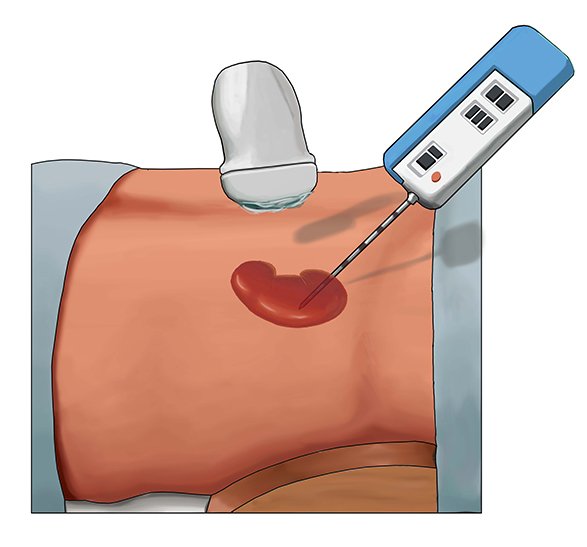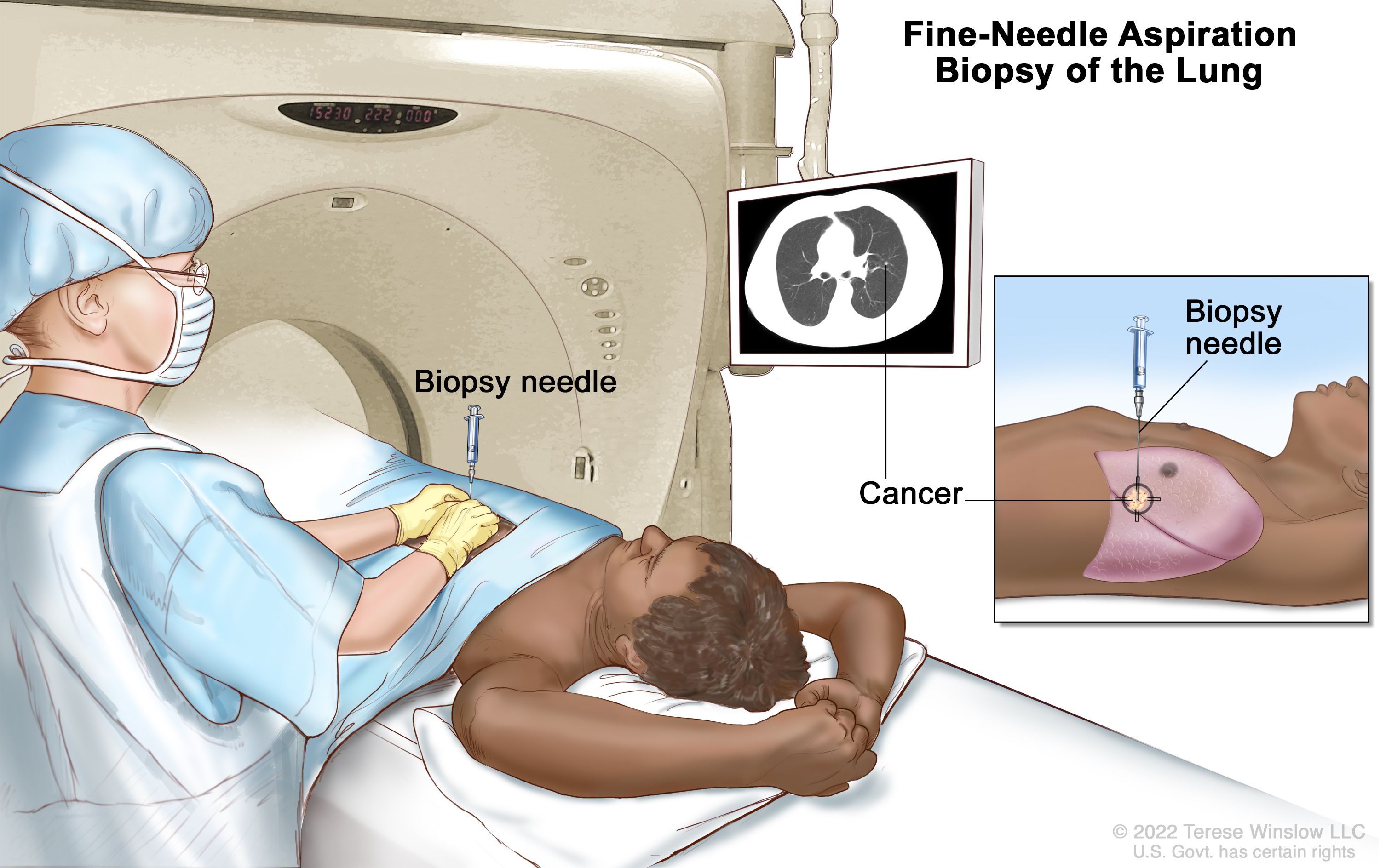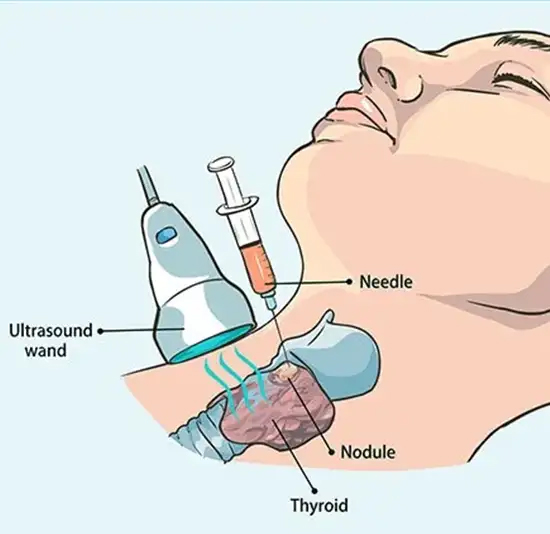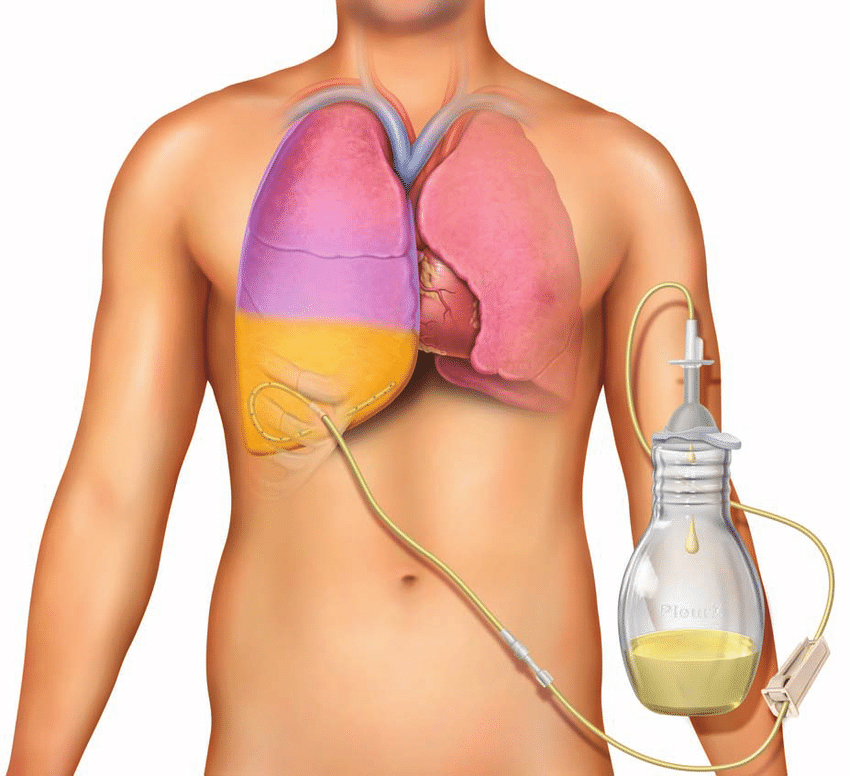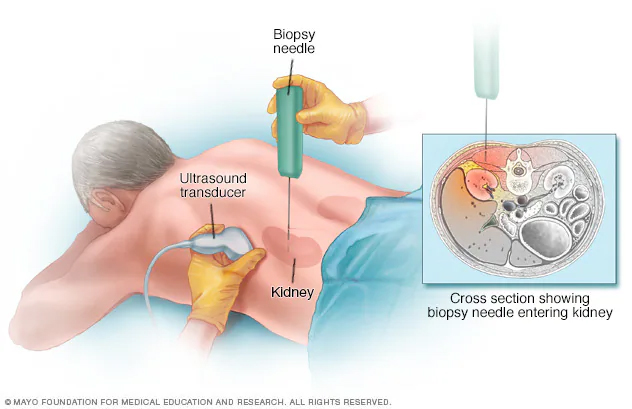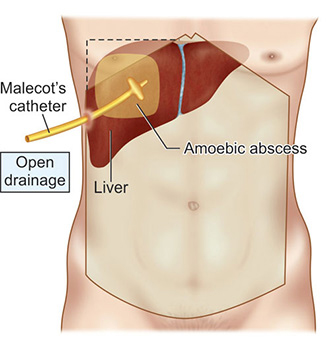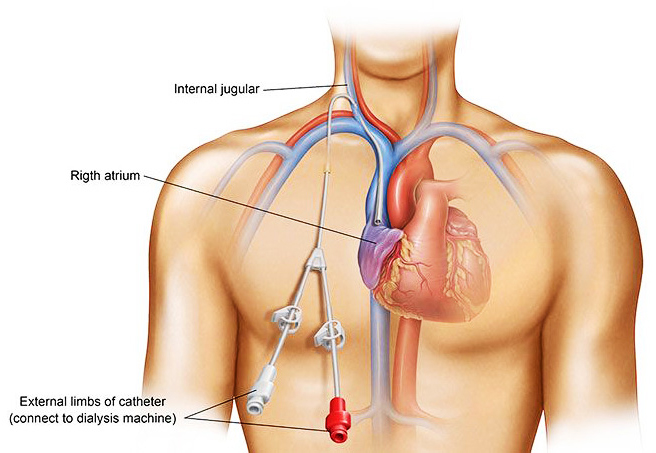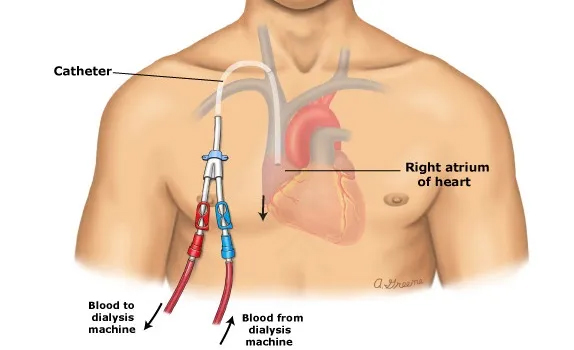Permcath Procedure
Our interventional radiology team specializes in the placement of permanent hemodialysis catheters, also known as Permcaths. This minimally invasive procedure provides reliable vascular access for patients requiring long-term dialysis treatment.
A Permcath is a small, flexible tube that is inserted into a large vein, typically in the neck or chest area. It allows easy and consistent access to the bloodstream for hemodialysis, eliminating the need for repeated needle sticks in the arm.
Our radiologists utilize advanced imaging guidance, such as ultrasound and fluoroscopy, to precisely insert the Permcath into the optimal vein location. The procedure is usually completed in under an hour using local anesthesia and mild sedation. Once the Permcath is in place, it can remain for months or even years, providing reliable vascular access for dialysis. Our team will provide detailed instructions on how to care for the catheter and monitor for any potential complications.

